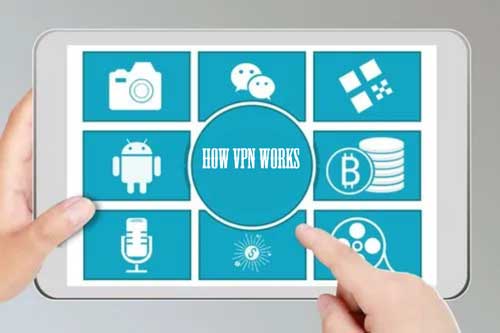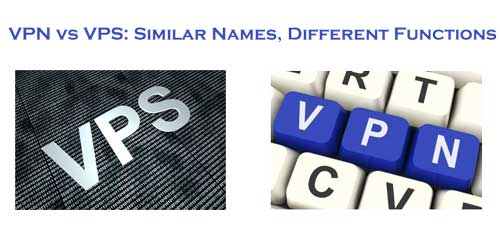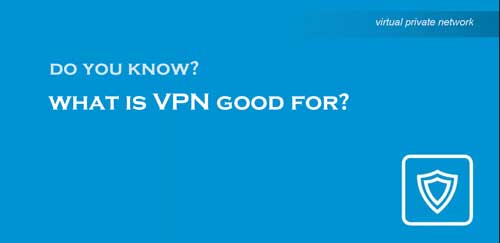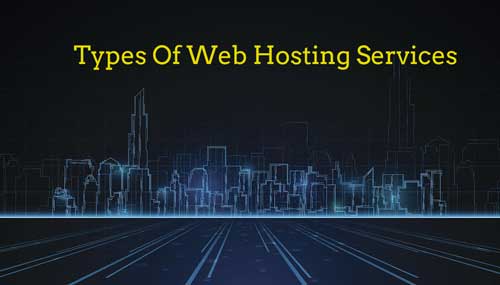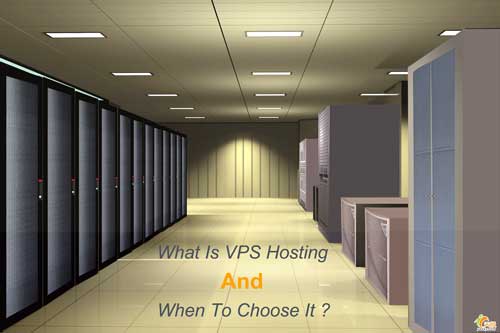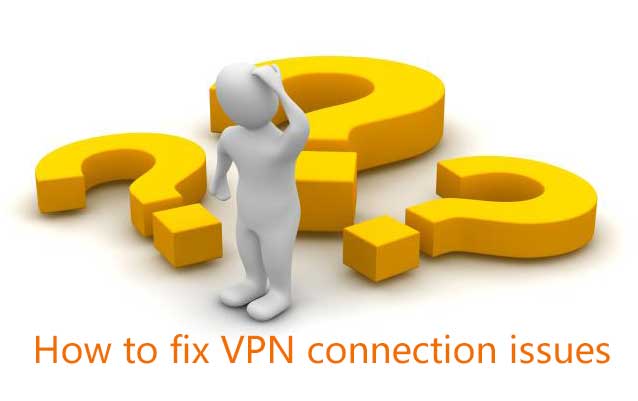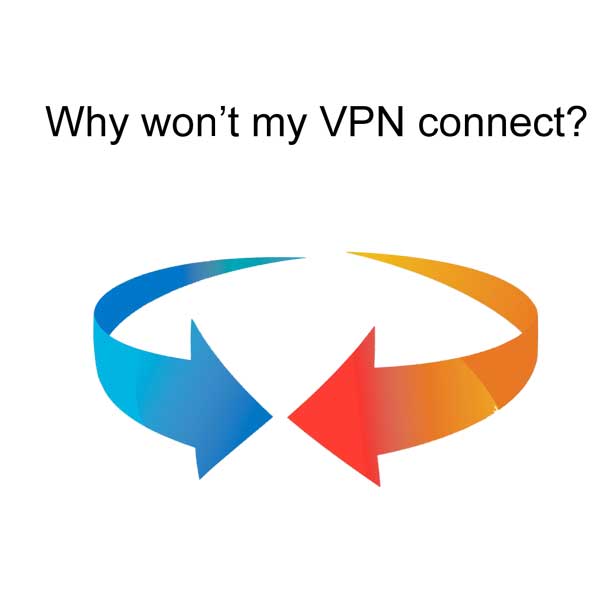Since humans have been using the internet, there has been a movement to protect and encrypt internet browser data. The US Department of Defense already got involved in projects working on the encryption of internet communication data back in the 1960s.
The predecessors of the VPN
Their efforts led to the creation of ARPANET (Advanced Research Projects Agency Network), a packet switching network, which in turn led to the development of the Transfer Control Protocol/Internet Protocol (TCP/IP).
The TCP/IP had four levels: Link, internet, transport and application. At the internet level, local networks and devices could be connected to the universal network – and this is where the risk of exposure became clear. In 1993, a team from Columbia University and AT&T Bell Labs finally succeeded in creating a kind of first version of the modern VPN, known as swIPe: Software IP encryption protocol.
In the following year, Wei Xu developed the IPSec network, an internet security protocol that authenticates and encrypts information packets shared online. In 1996, a Microsoft employee named Gurdeep Singh-Pall created a Peer-to-Peer Tunneling Protocol (PPTP).
Early VPNs
Contiguous to Singh-Pall developing PPTP, the internet was growing in popularity and the need for consumer-ready, sophisticated security systems emerged. At that time, anti-virus programs were already effective in preventing malware and spyware from infecting a computer system. However, people and companies also started demanding encryption software that could hide their browsing history on the internet.
The first VPNs therefore started in the early 2000s, but were almost exclusively used by companies. However, after a flood of security breaches, especially in the early 2010s, the consumer market for VPNs started to pick up.
VPNs and their current use
According to the GlobalWebIndex, the number of VPN users worldwide increased more than fourfold between 2016 and 2018. In countries such as Thailand, Indonesia and China, where internet use is restricted and censored, one in fiveinternet users uses a VPN. In the USA, Great Britain and Germany, the proportion of VPN users is lowerat around 5%, but is growing.
One of the biggest drivers for VPN adoption in recent years has been the increasing demand for content with geographical access restrictions. For example, video streaming services such as Netflix or YouTube make certain videos available only in certain countries. With contemporary VPNs, you can encrypt your IP address so that you appear to be surfing from another country, enabling you to access this content from anywhere.

